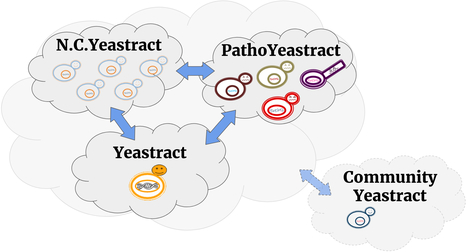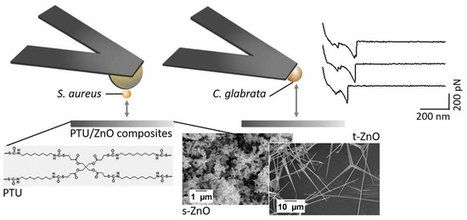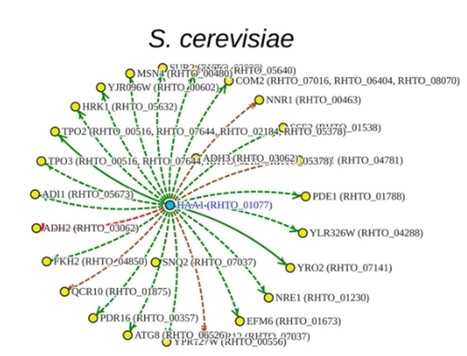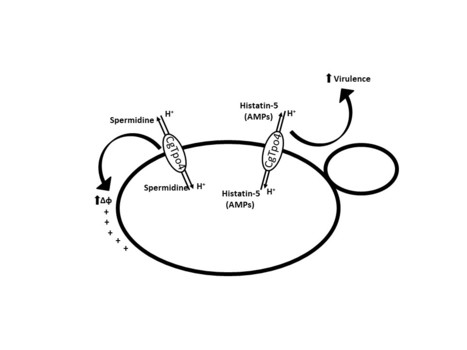
Responding to the recent interest of the yeast research community in non-Saccharomyces cerevisiae species of biotechnological relevance, the N.C.Yeastract was associated to YEASTRACT+, a curated repository of known regulatory associations between transcription factors (TFs) and target genes in yeasts. A recent Minireview published in FEMS Yeast Research aims to advertise the update of the existing information since the release of N.C.Yeastract in 2019, and to raise awareness in the community about its potential to help the day-to-day work on non-Saccharomyces species, exploring all the information and bioinformatics tools available in YEASTRACT +. Using simple and widely used examples, a guided exploitation is offered. The usage potentialities of the new CommunityYeastract platform by the yeast community are also discussed. The Minireview is coauthored by a BSRG-iBB team coordinated by Isabel Sá-Correia and including Cláudia P. Godinho, Margarida Palma, Miguel C. Teixeira and the PhD students Miguel Antunes and Marta N. Mota, in collaboration with INESC-ID colleagues.



 Your new post is loading...
Your new post is loading...










